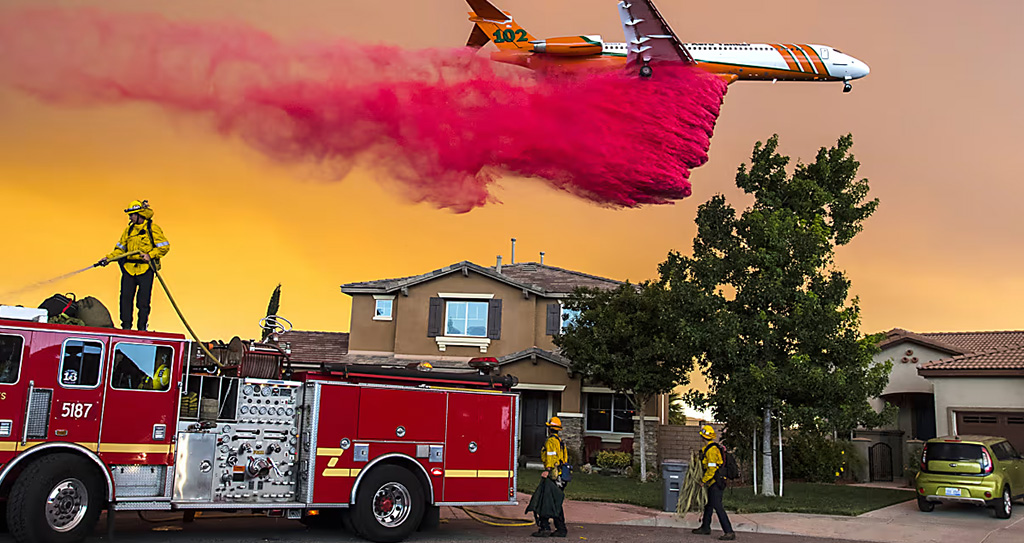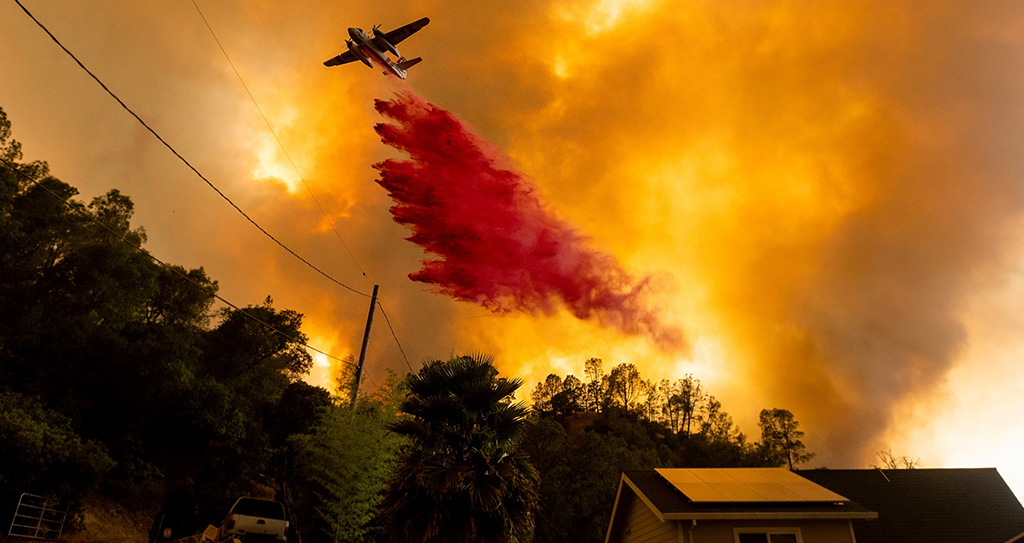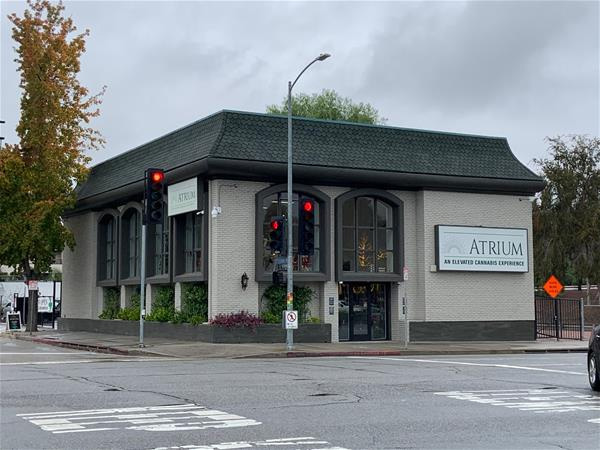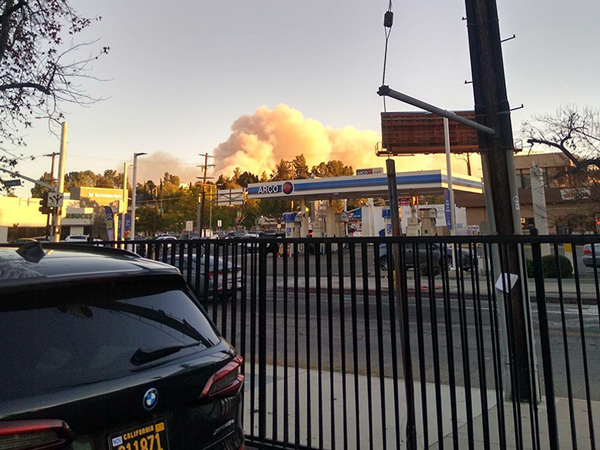January 25, 2025 /Volume 1, Issue 4
SPECIAL EDITION: CALIFORNIA WILDFIRES
We take a break from our regular cannabis news to concentrate on the devastating fires plaguing the Los Angeles area. We give a breakdown of the destruction, offer insight into how the fires started, cover how the fires will impact the industry, and provide resources for those in need.
The information contained in Weeding the News issues is provided for informational purposes only and should not be construed as tax or legal advice.
Wildfire Disasters

What Happened?
While the exact cause of the fires still hasn’t been sufficiently determined, a general consensus posits that a mixture of poor planning (allowing homes to be constructed in fire-prone areas), weather conditions (e.g., hurricane-level winds, low humidity, etc.), an excess of dry vegetation, an ongoing drought, and possibly deeply unscrupulous behavior (i.e., arson) caused one of the worst series of fires in Los Angeles history.
While fingers will inevitably be pointed following a disaster (especially by politically motivated finger-pointers), experts in water management argue that it wasn’t a matter of having access to water (or enough water). The problem? The infrastructure in place was never intended to handle a catastrophe of such magnitude. It also doesn’t help that the LA Fire Department is one of the most understaffed fire departments in the country. The fires have been so destructive that some say they won’t attempt to rebuild.

By the Numbers
The Fires
- Palisades Fire
- Eaton Fire
- Hurst Fire
- Lidia Fire
- Sunset Fire
- Kenneth Fire
- Archer Fire
- Hughes Fire
- Sepulveda Fire
- More to come…
The Damage
- Total estimated damage and economic loss: $250-275 billion
- Insured losses: At least $30 billion
- Uninsured losses: At least $10 billion
- Total acres burned: Over 40,000
- Structures destroyed: Over 12,300
- Deaths: 24-25
- Missing, 31, as of 1/23/25
- People evacuated: Over 205,000 (105,000 from Palisades Fire, 100,000 from Eaton Fire)
Major Fires Breakdown
Here are the brief statistics for the California wildfires as of January 23, 2025, verified with Cal Fire, LAFD, and other official sources. Some information may be incomplete or not available for all fires.
The data is based on the most recent official reports as of January 23, 2025:
- Acres burned: 23,448
- Structures destroyed: 6,380
- Deaths: 11
- Missing people: 7
- Containment: 72%
- Acres burned: 14,021
- Structures destroyed: 9,418
- Deaths: 17
- Containment: 95%
- Acres burned: 799
- Structures destroyed: None reported
- Deaths: None reported
- Containment: 100%
- Acres burned: 395
- Structures destroyed: Not specified
- Deaths: Not specified
- Missing people: Not specified
- Containment: 100%
Sunset Fire:
- Acres burned: 46
- Structures destroyed: Not specified
- Deaths: Not specified
- Missing people: Not specified
- Containment: 100%
- Acres burned: 1,052
- Structures destroyed: Not specified
- Deaths: 1
- Missing people: Not specified
- Containment: 100%
- Acres Burned: 19
- Structures destroyed: Not Specified
- Deaths: 0
- Missing people: Unknown
- Containment: 100%
- Acres burned: 10,278
- Structures destroyed: Not specified
- Deaths: Not specified
- Missing people: Not specified
- Containment: 24%
- Acres burned: 45
- Structures destroyed: Not specified
- Deaths: 0
- Missing Persons: Unknown
- Containment: 60%
The Atrium
Woodland Hills, CA
On a normal day, no wildfires.

View of the Palisades Fire cresting the hill to the San Fernando Valley. This view is to the SE from “The Atrium” parking lot, 1/10/25 at 4:45PM.

Much-Needed FAQs
Instead of answering questions that have been asked all the time, we offer a few questions that should be asked. If asked, the questions would save you a lot of time and trouble. Trust us.


